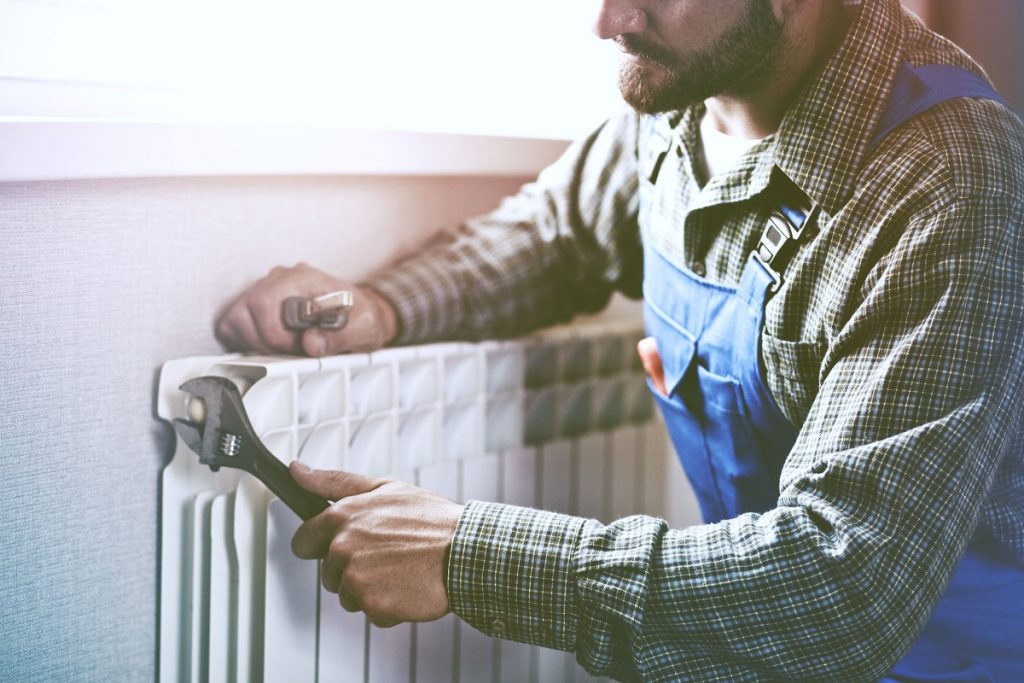In 2021, home prices increased by 20 percent over 2020, reports Fortune. It adds that Zillow forecasts a 16.4 percent increase in home prices from December 2021 to December 2022. The tightening inventory of houses for sale and high demand from buyers is causing the continued price increase. Only a little more than 923,000 available houses were listed on Zillow for sale in January this year, showing a 19.5 percent decrease from January last year and a 40 percent decrease from January 2020.
For families who already have a current residential property, there is a way to own a second home for much less and without having to sell the existing one. In the yard, they can build a small house, also called an accessory dwelling unit (ADU).

Benefits of an ADU
There are many reasons why this can be a great solution. For homeowners who are looking for a bigger place to move to, building an ADU can provide that additional space. It can have separate rooms for home offices, home classrooms, and a home gym. These are the new needs during the pandemic.
Another option is to accommodate grown children in the ADU. With the steep rise in rents, many young professionals have difficulty making ends meet. In the ADU, they can pay their parents what they can afford.
The ADU can also be used to accommodate elderly parents as an alternative to a nursing home. With the high number of fatalities in nursing homes due to Covid-19, many families choose to have their elderly family members in their care.
Homeowners can also rent out the ADU as added income. People who want to simplify their way of living can move into the newly built smaller house and rent out the main house instead. This can be an option for empty nesters whose grown children have moved away or for retirees.
Another possible scenario for a young family who cannot afford to purchase a house is to shoulder the cost of building an ADU in their parent’s yard instead. The elderly couple can then move into the small house while the young family moves into the main house. Having children live alongside their grandparents is beneficial to the entire family’s emotional well-being. It also means that the grandparents can help with childcare.
The administration of President Joseph Biden recognizes all these benefits. Smart Growth America reports that the White House held a webinar on ADUs on February 1. Fourteen government officials, advocates, and thought leaders advocated for ADUs to increase the number of affordable housing units in the country, provide multigenerational housing, become a source of income for homeowners, and benefit renters. AARP’s Rodney Harrell noted that the majority or 60 percent of adult Americans are agreeable to living in an ADU.
Building an ADU
The ADU can be built attached to the side or back of the house or above the garage. It can also be built as a separate structure.
Because it is small, some homeowners with building skills take this on as a DIY project. They rent construction equipment as needed, with all the necessary accessories such as fall protection for aerial equipment.
However, it is essential to first determine the laws and regulations covering ADUs in the locality. These differ significantly across the country. Some states and counties are more welcoming to ADUs than others. Even in areas that encourage ADUs, specific building codes must be met. These include the square footage and height of the unit, fire safety requirements, natural light and ventilation requirements, utilities, and setbacks, among others.
Some localities, such as Napa County in California, assist homeowners who intend to build the ADU themselves. The Napa Sonoma ADU provides consultations for design feasibility and initial planning and connects homeowners with architects, civil engineers, and building contractors for advice.
During the White House webinar, panelists called on local governments to ease up the regulatory barriers to constructing more ADUs. These include arduous permitting processes, zoning restrictions, lot size requirements, parking mandates, and more.
Financing an ADU
Homeowners have benefited from the rising costs of homes because this also raised their home’s value and, therefore, their equity in it. They can borrow from that equity to fund the construction of the ADU through a home equity line of credit (HELOC), home equity loan, or cash-out refinance.
Cash-out refinancing replaces the current mortgage with a new one. The homeowner can withdraw the equity fully or partially and make a new loan on the mortgage balance. This is beneficial since the current mortgage rate is likely much lower than the initial mortgage rate.
In the White House webinar, representatives of financial institutions Fannie Mae and Freddie Mac stated that they are helping homeowners finance ADUs through homeowner tax incentives and waiving development fees.
Homeowners must check if building an ADU will benefit their situation. It is definitely a worthy investment of their equity because apart from all the uses they can get out of it, it raises the property’s value significantly.

